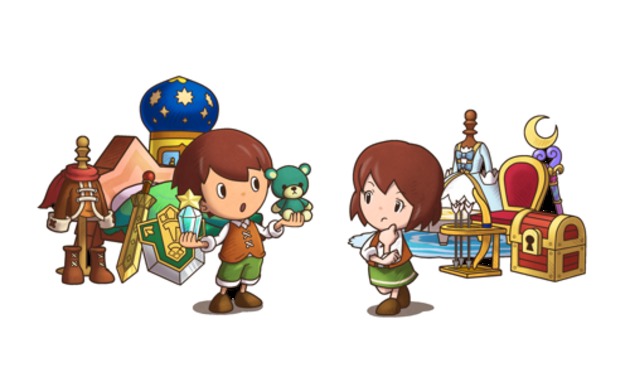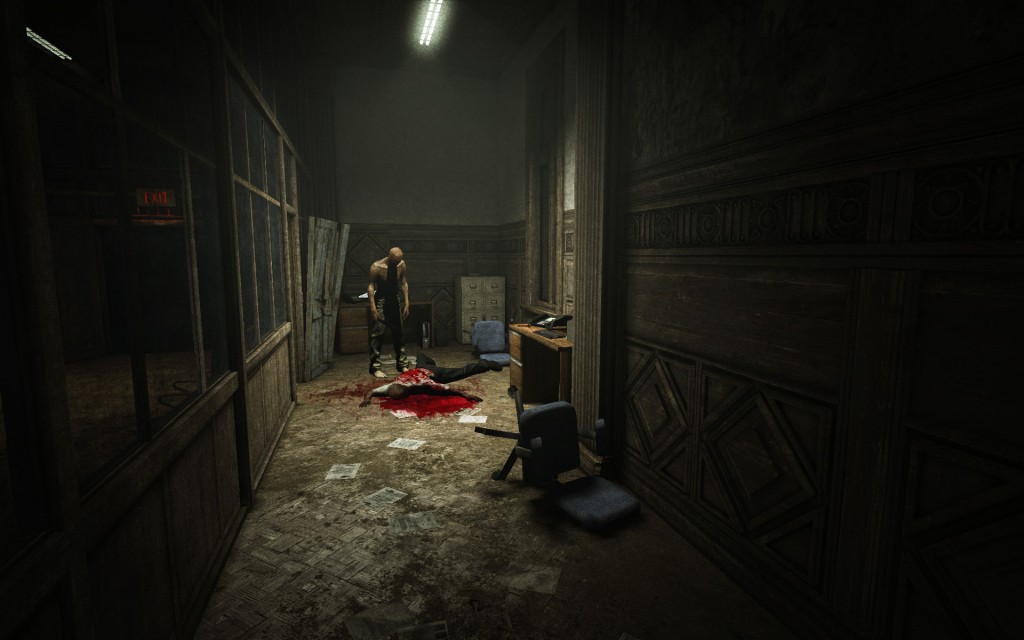Ok, so this blog starts to get a little fancy-pantsy (AKA: academicy). So bear with me.
So what does it mean to be an assemblage?
As many of you may know, assemblages as a term is popular in OOO and in Latour’s writing. But you also may know, I have aversions to both of these things (that’s another blog post and, well, a complicated relationship to articulate). Rather than pull from them, I’m going more off of definitions and usage in texts by people doing feminist and posthuman rhetoric (discussed below). Assemblages aren’t hierarchical or linear; they aren’t boundaried and exlusive; rather, they are inclusive, rhizomatic, dispersed, and webbed. What this means when analyzing video game characters is that you can never have one method of analysis, and you can never predict what will emerge as important.
So let’s take Lara Croft as an assemblage, which I talked about in my blog last week. (Of course, doing this as some sort of universalizing exercise is silly). I’m interested specifically in how the current iteration of Lara compares with her previous, grownup iterations. I want to see all the factors that are implicated when they show her as a weak character (before she came into herself as a badass protagonist) when she has always been a badass. Particularly, I found the new Lara—let’s say interesting to stay neutral—while others found her profoundly disappointing. Now Lara as an assemblage consists of my feelings about her when I was 13 and played Tomb Raider for the first time, but she also consists of my feelings as a 28-year-old adult with rhetorical training playing her as a weak character. She is an accumulation of things said about her online, the movie, numerous pop culture reference, and so on. Some things are forefronted at certain times, and sometimes they’re hidden. It’s always in flux.
What is the significance of calling a video game protagonist an assemblage, and why is this distinction important?
Rosi Braidotti wrote, “By entering into affirmative ethical relations, becoming animal or minoritarian engenders possible futures. They construct possible worlds through a web of sustainable interconnections. This is the point of becoming: an assemblage of forces that coalesce around shared elements and empower them to grow and to last.” To me, this perfectly articulates why it’s interesting to think of video game protagonists as assemblages. If we get trapped in arguments about whether or not Bayonetta is an empowering character (for example), we miss the more interesting cultural roles she plays. It’s not about whether she is X or is Z (because that argument can never be solved because everyone will always have different affective responses to things), but rather the more interesting discussion is what X and Z do. Let me explain.
Whether Lara is weak or strong in the most recent Tomb Raider is an argument that likely will have no solution. But if we look at Lara as an assemblage (like I did above), we can look at the different ways that she has influenced culture, games, women, and really anything we are interested in. So we can make specific statements like 1) allowing a formerly strong character to face multiple rape situations significantly changes Lara as an assemblage or 2) showing that Lara was not always a badass villain killer humanizes her and thus allows girls to more easily see themselves in her. But then, those two statements when juxtaposed, leads us to a far more interesting point: 3) If girls are more easily able to identify with Lara because she is shown as not having always been strong, it is far more problematic to force her to face multiple rape situations. We identify with her, and thus we face our own defilement along with her.
Now this isn’t the perfect example, but what I hope comes of it is a tapering off of discussions about what female video game protagonists are or are not. Personally, I am sick of questions about what would make a “good” female protagonist. Truthfully, I don’t know, because anyone could take a theoretically perfect protagonist and make her a sexual object by putting her into a Duke Nukem. I do know that thoughtfulness, participation, timing, and story are integral parts of the assemblage, and those are also keys to making a strong protagonist.





One thought on “Female Game Protagonists: Engendering Empowerment through Assemblages”
Alex,
I have a quick question about point number three where you say, “3) If girls are more easily able to identify with Lara because she is shown as not having always been strong, it is far more problematic to force her to face multiple rape situations. We identify with her, and thus we face our own defilement along with her.”
Can you explain what you mean when you say “We face our own defilement with her” in a bit more detail? I would like to hear a little more to help me tease out your conclusions in the text. Obviously, I understand that you are saying that women are forced to confront rape which results in what Jonathan Haidt would term questions of purity and thus your allusions to defilement, which could be problematic in a number of ways in and of itself, but I think you might be conceptualizing it in a way that is something more than that, and which I may not be getting.
Also, I had a question about why it is problematic for a female character to be portrayed as a weak person who gains strength through the course of the game? I assume you mean because the strength gained is predicated on overcoming rape? Which we can all agree is extremely fucked up. However, I wanted to make sure you did not have some underlying larger point about the relative strength of female characters versus their male counterparts. For example, women characters are usually endowed with less powers from the beginning than their male counterparts which leads them to take longer to level up, accomplish goals, etc. Or that the leveling up is in someway feminized (i.e. overcoming rape) which leads to larger problems, as well. That is not to mention the larger issue of simply portraying women as less, right? That in and of itself would be a huge issue to tackle.
As always, great work. I love reading your stuff. You have great ideas and are really, really excellent at communicating complex ideas in ways that are easy to understand. I look forward to reading your response.